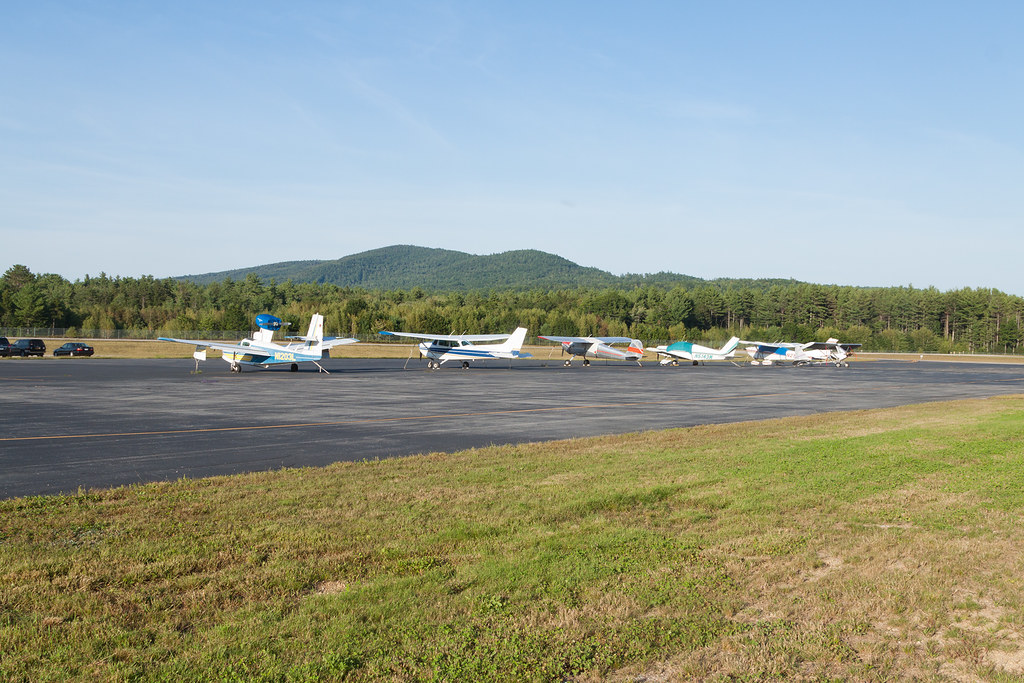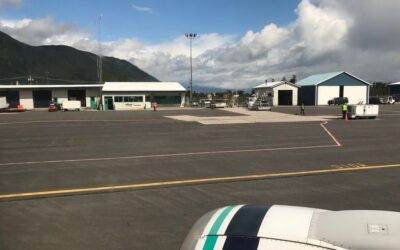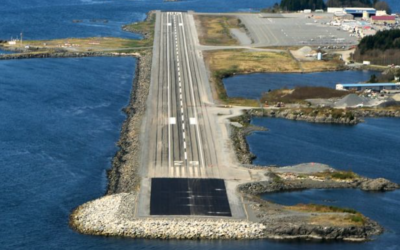Nestled in the heart of the Yukon-Kuskokwim Delta in western Alaska, Bethel Airport (IATA: BET, ICAO: PABE) stands as a vital link connecting one of the most remote regions in the United States to the rest of the world. Serving as the transportation and commercial hub for over 50 villages in the Delta, this airport is more than just a landing strip; it’s a lifeline for thousands of residents in this vast and rugged terrain.
Established in the early 20th century, Bethel Airport has evolved significantly from its humble beginnings. Originally a small airfield serving bush planes and military aircraft, it has grown into a modern facility equipped to handle a variety of aircraft, from small private planes to larger commercial jets. The airport’s strategic location, about 400 miles west of Anchorage, makes it an indispensable asset for cargo, passenger travel, and emergency medical services.
The Role of Bethel Airport in Regional Transportation and Economy
Bethel Airport’s importance in the regional transportation network cannot be overstated. With no road access to most of the surrounding villages, air travel remains the primary mode of transportation for people, goods, and services. This high dependency on air transport has made Bethel Airport a bustling center, with daily flights to and from Anchorage, Fairbanks, and other Alaskan cities.
The economic impact of the airport is profound. It supports a range of businesses and services, including air cargo companies, airlines, maintenance services, and a host of ancillary businesses like hotels, restaurants, and car rental agencies. The airport is also a significant employer in the region, providing jobs in various capacities, from pilots and engineers to administrative and ground staff.
Navigating the Challenges: Weather, Logistics, and Infrastructure
Operating an airport in one of the most challenging environments on Earth is no small feat. Bethel Airport faces extreme weather conditions, with temperatures dipping well below freezing in the winter, accompanied by heavy snowfall and ice. These conditions demand rigorous maintenance and operational protocols to ensure safety and reliability.
Logistics is another challenge, given the remote location and limited accessibility. Getting supplies, equipment, and technical support to Bethel often requires meticulous planning and coordination. Despite these challenges, the airport has managed to maintain a high level of service, thanks in part to the dedication and expertise of its workforce.
The infrastructure at Bethel Airport, although robust, is constantly being upgraded to meet the growing demands and changing needs of the region. Recent improvements include runway and taxiway enhancements, upgraded navigation systems, and better passenger facilities. These developments not only improve safety and efficiency but also contribute to the economic vitality of the region.
A Cultural and Community Hub: Beyond Transportation
Bethel Airport is more than just a transportation hub; it’s a cultural and community center. The airport sees a constant flow of people from different backgrounds and cultures, reflecting the diverse tapestry of the Yukon-Kuskokwim Delta. It’s a place where stories are shared, friendships are made, and cultures intersect.
The airport also plays a crucial role in community events and activities. It facilitates medical evacuations, ensuring that residents have access to emergency healthcare. During festivals and cultural events, it becomes even busier, with additional flights bringing in visitors and participants from across Alaska and beyond.
Moreover, the airport is a vital link for delivering essential services to the remote villages. Medical supplies, educational materials, and other critical goods are regularly flown in, underscoring the airport’s role in sustaining these communities. This deep connection with the local populace goes beyond mere logistics; it’s about being an integral part of the social fabric of the Yukon-Kuskokwim Delta.
Looking to the Future: Sustainability and Expansion Plans
As we look to the future, sustainability and expansion are key focuses for Bethel Airport. Plans are underway to make operations more environmentally friendly, including initiatives to reduce carbon emissions and promote sustainable practices in daily operations. This approach is crucial, given the sensitive nature of the surrounding ecosystems and the traditional lifestyles of the local communities.
Expansion plans are also being discussed, with proposals to extend runways, enhance passenger facilities, and improve cargo handling capacities. These developments are aimed at accommodating the growing traffic and increasing the airport’s capacity to support the region’s economic growth.
In conclusion, Bethel Airport is much more than a mere point of arrival and departure. It’s the heart of a vast and vibrant region, a symbol of connectivity and resilience in one of the most remote parts of the world. Its story is one of overcoming challenges, embracing diversity, and looking forward to a sustainable and prosperous future. As BET continues to evolve, it remains a beacon of hope and progress for the Yukon-Kuskokwim Delta and beyond.







0 Comments